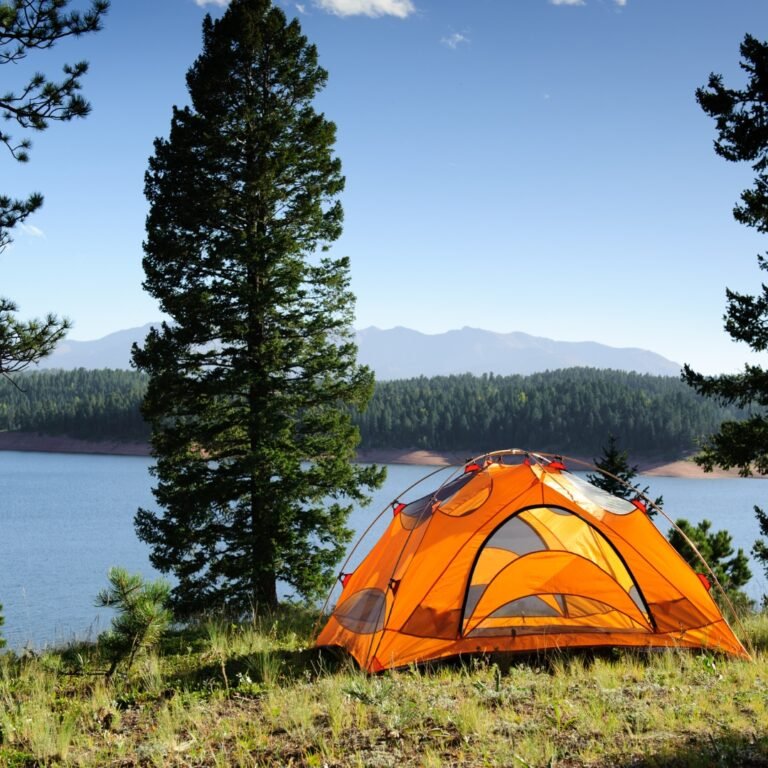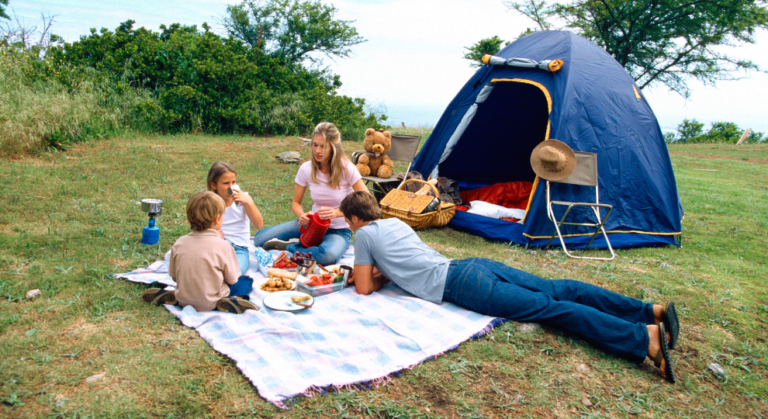Welcome to the gourmet section of the great outdoors, where the aroma of sizzling bacon competes with the morning dew and your culinary skills can truly shine under the open sky! Whether you’re flipping pancakes on a compact stove after a serene sunrise or slow-cooking a hearty stew over a campfire under a blanket of stars, we’ve got all the cooking equipment you need to elevate your campsite dining experience. From lightweight, backpacker-friendly setups to luxurious camp kitchen ensembles, our selection promises to turn your outdoor meals into a feast worthy of the wilderness.
Type of Camping: Tailor your cooking gear to the type of camping you’ll be doing. Backpackers need lightweight, compact equipment that’s easy to carry, while car campers can afford to bring heavier, more elaborate setups for a gourmet campsite kitchen.
Fuel Type and Efficiency: Choose cooking equipment that uses fuel efficiently and suits your camping style. Canister stoves are convenient and easy to use, liquid fuel stoves work well in cold weather, and wood-burning stoves offer a traditional experience but depend on available fuel. Consider the availability of the fuel type, especially for longer trips or remote locations.
Cooking Capacity: Think about the number of people you’ll be cooking for. Solo campers or couples might only need a small pot or pan, whereas larger groups will require bigger cooksets or multiple burners to prepare meals efficiently.
Durability and Materials: Look for cooking gear made from durable materials that can withstand the rigors of outdoor use. Aluminum is lightweight and heats up quickly, stainless steel is tough and resistant to wear, and titanium offers the best strength-to-weight ratio but at a higher price.
Ease of Use and Clean-up: Consider how easy the equipment is to set up, use, and clean. Simple designs with fewer parts are easier to maintain and less likely to break. Non-stick surfaces and wipe-clean materials can make clean-up a breeze, which is especially valuable in the outdoors.
Weight and Portability: For backpacking, every ounce matters. Opt for the lightest equipment that meets your needs. For car camping, weight is less of an issue, but consider how much space the equipment takes up.
Versatility: Multi-use items that can serve more than one purpose reduce the need for additional gear and save space. For example, a pot that doubles as a frying pan or a stove that can simmer as well as boil water.
Environmental Impact: Some campers prefer eco-friendly options, such as solar cookers or equipment that minimizes fuel use. Consider the environmental footprint of your cooking gear, especially in wilderness areas.
Fuel Type: Portable stoves can use various types of fuel, including butane, propane, isobutane-propane blends, alcohol, wood, or liquid fuel (white gas, unleaded gasoline, kerosene). Each fuel type has its advantages and drawbacks in terms of availability, weight, cooking efficiency, and suitability for different temperatures and altitudes. Decide which fuel type best suits your camping style, the climates you’ll be in, and ease of fuel resupply.
Weight and Size: If you’re backpacking, weight and size are critical considerations. You’ll want a stove that’s lightweight and compact, yet still powerful enough to meet your cooking needs. Car campers may opt for slightly larger, more robust stoves that offer more cooking surface and stability but take up more space.
Burn Time and Heat Output: Look at the stove’s BTU (British Thermal Units) rating, which indicates the heat output and how quickly it can boil water or cook food. Also, consider the burn time per fuel unit to gauge how much fuel you’ll need to carry for your trip. A stove with a higher BTU rating will cook faster but may use fuel more quickly.
Stability and Cooking Surface: Ensure the stove is stable and can safely hold your cookware, especially when cooking in uneven outdoor environments. The size and design of the cooking surface will affect what pots and pans can be used safely. For group camping, a larger cooking surface or multiple burners might be necessary to prepare meals efficiently.
Material: The cookset’s material affects its weight, heat conductivity, durability, and ease of cleaning. Common materials include:
Weight and Packability: For backpacking, the weight and how well the cookset packs down are crucial. Lightweight and compact sets are preferred, with components that nest within each other to save space in your pack. Car campers might prioritize durability and cooking performance over weight and packability.
Cooking Capacity: Consider the size of the group you’ll be cooking for. Cooksets come in various sizes, from solo sets to larger sets designed for group cooking. Make sure the pot and pan sizes in the set are adequate for preparing meals for your entire party. More extensive sets may offer more versatility but at the cost of added weight and space.
Accessories and Features: Look for additional features that enhance convenience and functionality, such as:
Material: Dutch ovens are primarily made from cast iron or aluminum.
Size and Capacity: Dutch ovens come in various sizes, typically measured in quarts. Consider the number of people you’ll be cooking for and the types of meals you plan to prepare. A smaller Dutch oven (around 2-4 quarts) may be sufficient for solo campers or couples, while larger groups will require a bigger size (6 quarts or more). Remember, larger sizes mean more weight and bulk.
Lid Design: The lid of a camping Dutch oven can serve multiple purposes. A flat lid can be used as a skillet or griddle, while a lid with a lip around the edge is designed to hold coals or briquettes for baking. Some lids also feature legs, allowing them to stand over coals or serve as a serving tray. The versatility of the lid can enhance your cooking options.
Ease of Maintenance: Consider the maintenance required to keep the Dutch oven in good condition. Cast iron requires regular seasoning and careful cleaning to maintain its non-stick surface and prevent rust. Aluminum is easier to maintain, as it doesn’t rust and often comes with a non-stick coating, but it might not offer the same flavor and cooking qualities as cast iron.

“When choosing a tent, materials plays a crucial role in determining its performance, durability, and suitability for your next outdoor adventure.”

“Picture this: You, your wife and two kids are planning that dream family camping trip.”
Material on OutDoors Jack is copyrighted. Reproduction without permission is prohibited.
All trademarks property of their respective owners